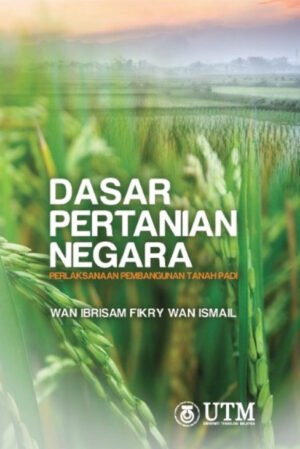Description
The global population boom has spawned pressing environmental and health crises due to inadequate solid waste management. A sustainable remedy lies in waste-to-energy conversion, notably harnessing bioenergy from biomass waste and animal manure, given the ecological downsides of traditional manure handling methods. Thermochemical and biochemical conversion methods, yielding biochar, bio-oil, and biogas, present attractive alternatives. Microwave heating enhances energy efficiency, while Thermogravimetric analysis (TGA) elucidates waste decomposition behaviour, extracting essential kinetic parameters via model-fit and model-free methods. Varied waste types display distinct kinetic characteristics. In laboratory settings, diverse reactor setups, influenced by factors like temperature, heating rate, gas flow, feedstock size, and catalyst presence, shape product outcomes. Life cycle assessments assess environmental impacts, affirming the sustainability of pyrolysis technology. Notably, microwave pyrolysis efficiently transforms horse manure into biofuels and biochemicals, a testament to the potential of waste-to-energy conversion for tackling environmental challenges.





